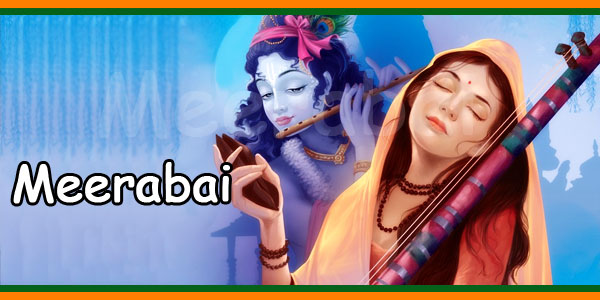Contribute
| Raga And Mood |
Shuchita Rao
03/26/2020
Raga and Mood As a very young child, I remember tugging at my father’s sleeve when I heard a Thumri based on Raga Mishra Shivranjani “Ro Ro Naina Gavaanye, Sajna Na Aayeâ€. “Why does this song make me feel so sad?†I asked my father. I was not old enough to understand the lyrics or to know the pain of separation from the beloved, and yet, the rendition had cast a magical, sad spell on me. The very definition of a Raga is “Ranjayathe iti raga†meaning “That which colors the mind is Raga.†It is well known that Raga Sangeet rendered by master musicians possesses the ability to move listeners. However, how a listener receives and reacts to music is subjective. A raga can evoke different emotions in individual listeners. To assign specific emotions/moods to ragas as detailed in our ancient musical treatises may not always hold true. (eg: To assign Veera(heroic)/Shringara(romantic) emotion to Raga Durga). Some skilled musicians have the capability to change the mood of a given raga from one rendition to another. Several elements come into play and contribute to a the creation of a raga’s mood . 1. The sweetness, intensity and depth of the sound (listen to Ustad Ali Akbar Khan’s Sarod) 2. Not just the use of flat (minor scales and especially those with a minor third note, gandhaar, may induce sad feeling) or natural/regular notes (regular scales may tend to induce happiness) but also their movement within the raga’s rendition 3. The duration of rests on musical notes (long rests induce peace), the transition from one note to another (glides induce peace), the modulation of notes within musical phrases and the periods of silence between musical phrases 4. The words of the composition (sad lyrics make the listener pensive) 5. The tempo (laya) at which a composition is rendered (slow tempo may calm the listener, fast tempo may induce excitement/happiness) 6. The inherent musicality and ability of a musician to imagine and render aesthetically appealing music (listen to Pandit Hariprasad Chaurasia’s flute) 7. The state of mind of the listener (a listener feeling sad may not be able to jump in happiness on listening to a regular scale raga) If a cry produced by a grieving animal who has lost its offspring can make a listener sad, can you imagine the power a seasoned, master musician wields in evoking emotion through the medium of raga music?
You may also access this article through our web-site http://www.lokvani.com/
